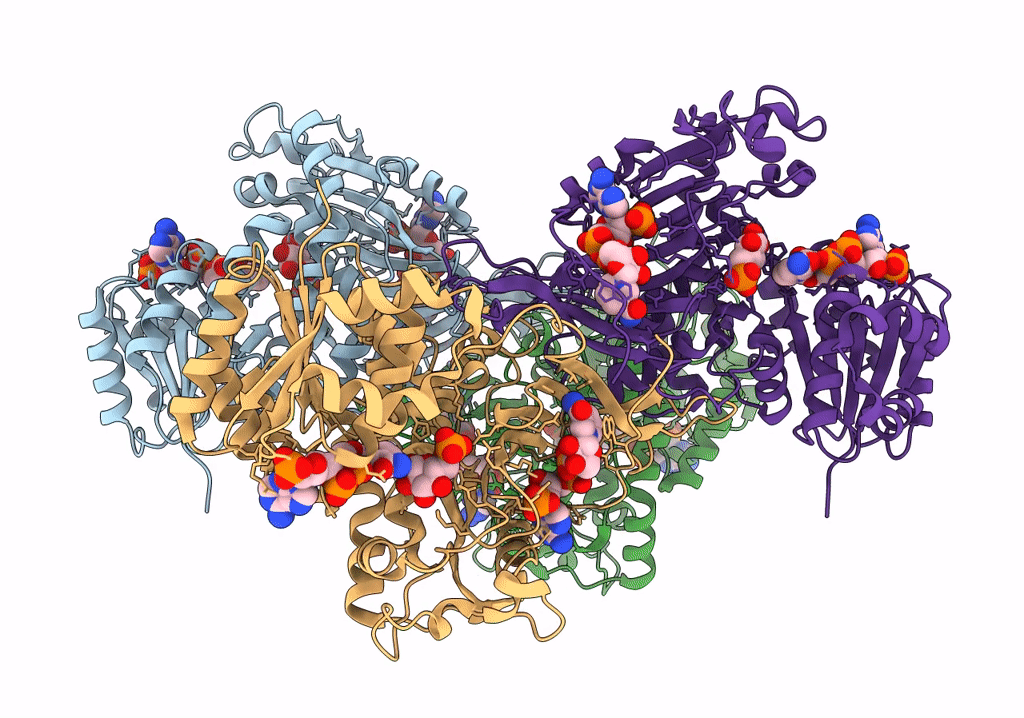
Deposition Date
2021-10-28
Release Date
2022-07-13
Last Version Date
2025-05-14
Entry Detail
PDB ID:
7SNI
Keywords:
Title:
Structure of G6PD-D200N tetramer bound to NADP+ and G6P
Biological Source:
Source Organism:
Homo sapiens (Taxon ID: 9606)
Host Organism:
Method Details:
Experimental Method:
Resolution:
2.50 Å
Aggregation State:
PARTICLE
Reconstruction Method:
SINGLE PARTICLE


